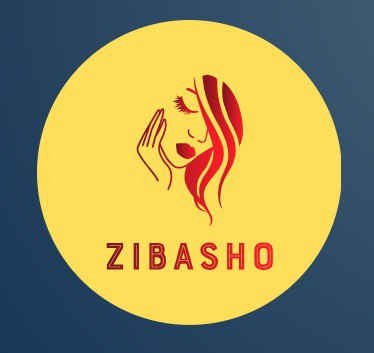Ethereum: Exploration of hybrid patterns on the chain and out of chain
As the world of decentralized finance (Defi) continues to evolve, the government models have become increasingly important to ensure that the communities around the native token of Ethereum, Ether (ETH) are represented in the decision -making processes . Two popular types of governance on Ethereum are the governance outside the chain and chain governance, each having their own advantages and disadvantages.
Government outside the chain
—————-
Government outside the chain refers to the decision-making process on how the network works without using the basic blockchain. This may involve decentralized applications (DAPP) that interact with the Ethereum network, but do not have a direct connection to the main chain. Government outside the chain is often used for small -scale decisions and has become more and more popular in recent years.
For example, the decentralized autonomous organization (DAO) allows users to vote on DAO operations, without having to interact directly with the Ethereum network. Tenderly uses a simple voting system based on scores outside the chain provided by a community of voters. These votes are then aggregated and are used to make decisions about DAO.
Chain government
—————
On the other hand, the chain governance involves the use of the Ethereum blockchain itself to make decisions. This may involve proposals that require voting on the network parameters or rules. The chain government has become more popular in recent years, because it offers a safer and more transparent way to make decisions on the network.
For example, the Ethereum 2.0 protocol, which aims to allow the change and improvement of scalability, will require chain governance for certain aspects of its development. The proposal for the initial sale of tokens (IESS) of Ethereum 2.0 also involves the chain government to ensure that all participants have an equal voice in decision making.
Hybrid governance patterns
——————–
As the two types of government mentioned above coexist and interact, the hybrid governance models become necessary. A hybrid model can involve combining elements in the ruling outside the chain and chain to create a more comprehensive system for decision making.
For example, a DAO that uses tender vote outside the chain and then aggregates the votes with the main scores of the chain using a simple aggregation function is an example of a hybrid government model. This model offers a balance between the advantages of the score outside the chain and the security and transparency offered by the governance on the chain.
The benefits of hybrid governance models
————————————
Hybrid governance models have several advantages including:
- Increased transparency : By aggregating scores outside the chain with chain votes, the hybrid governance models offer a more comprehensive vision of the community feeling.
- Improved security : Voting outside the chain can be safer than chain proposals due to the decentralized nature of DAPs and user interactions.
- Improved Community involvement : Hybrid governance models can promote more active users involvement by incorporating feedback from voters outside the chain in the decision-making process.
Challenges of hybrid governance models
———————————
However, hybrid governance models come with more challenges including:
- Interoperability problems : Integration of components outside the chain and chain can lead to interoperability problems.
- Scalability problems
: Aggregation of votes from multiple sources may require significant calculation resources, which can be a scalability problem.
- Regulatory risks : Hybrid governance models may present regulatory risks due to the decentralized nature of DAPs and lack of clear supervision mechanisms.

بدون نظر